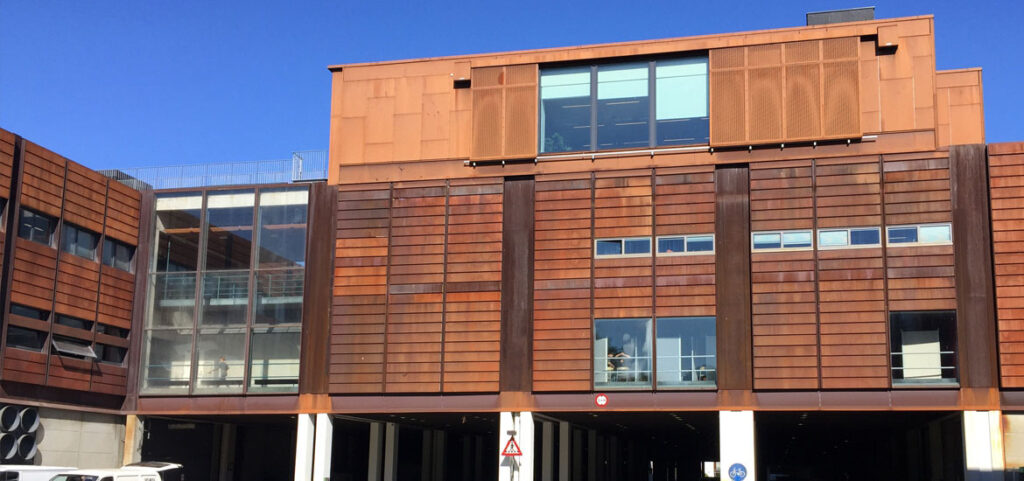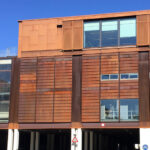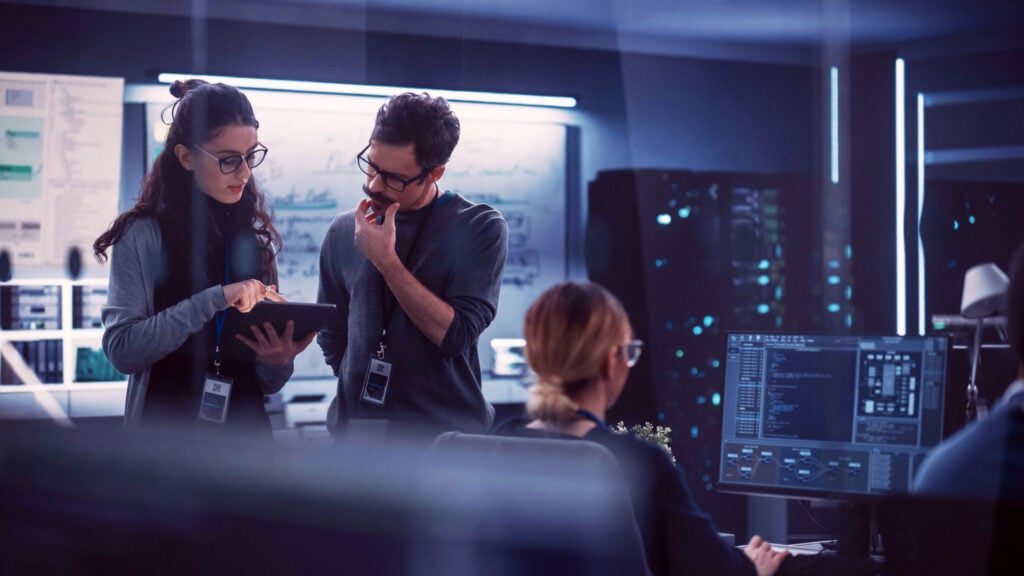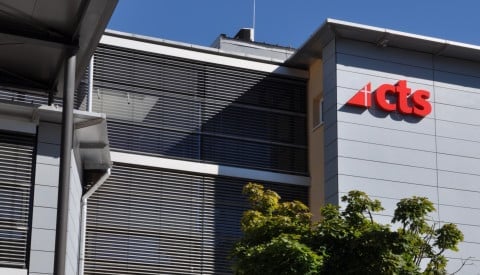Case
University of Southern Denmark
Much is happening at the University of Southern Denmark (SDU), not only with the education of the approximately 31,000 students who are signed up for SDU courses but also with the construction of new faculties, a new dormitory, and the development of the current facilities—which means that SDU’s IT service has plenty on its hands. […]
Keywords
Cybersecurity Education, Information Technology Operational Efficiency, Security Operations
Conscia office
Denmark

Much is happening at the University of Southern Denmark (SDU), not only with the education of the approximately 31,000 students who are signed up for SDU courses but also with the construction of new faculties, a new dormitory, and the development of the current facilities—which means that SDU’s IT service has plenty on its hands.
SDU IT-Service is responsible for infrastructure to students, administration, teachers, professors, scientists and university guests. There is a massive need for a well-functioning network for both cabled, wireless and remote access, and on top of this a large part of the building administration is dependent on the network for e.g. access control, heating and lighting.
A Cisco Platform with Strong Security
SDU IT-Service is very focused on reducing administration of the demanding infrastructure. This is done by basing everything on a Cisco platform and by utilizing the technological possibilities the platform offers when it comes to improving efficiency. The department is for example looking into how to minimize the time spent on moving into new buildings. It is also very important to reduce administration of devices on campus, there has to be a better overview of the infrastructure and security has to be increased. The solution has been to implement Cisco Identity Services Engine (ISE), which helps the IT-Service staff create a more dynamic, better and, most importantly, a more secure network, whether it is cabled, wireless or via VPN.
Cisco ISE controls security policies, it collects and automates access control and gives role based access to the network and its resources. All units that access the network in the new buildings are centrally validated towards Cisco ISE, and that means that no configuration is required when it comes to moving video systems, printers or when it comes to putting up new wireless access points.
The network does it itself!
Every day I see the advantages of Cisco ISE. We cover a large physical area, where many tasks has now been automated. For example, we experienced how fast and easy it was to create device profiles when we had to connect solar panel units to the network. We could then tell the solar panel technicians, who had to connect the devices to the network that the entire network was now configured and ready no matter where the devices were connected. There is much less waiting time and we no longer have to go to every device on the campus network.
It has also been relatively easy to move into new buildings. In our world the IT professionals have a very limited amount of time to deliver services, and in this case to move in, and when we moved into the technical faculty we only had a day per wiring closet. There were 400 cables that had to be patched and two large switches that had to be installed. This meant that it was a huge advantage, that the network was capable of doing a lot by itself. We don’t have to run around on a large area, which save us time, since we have made the same dynamic port configuration for all 6,000 ports from the start. It is also an important feature, that access points and video units goes on the right network themselves from the start, so we also don’t have to reconfigure each unit by ourselves.

Lars Jakobsen
Network responsible
Lars Jakobsen further explains, that “there has been a learning curve regarding Cisco ISE, but when you have understood and studied the system it gives you a lot of useful information, a unique centralized overview and details about users and how the network is used, like bottlenecks and performance issues.”
Time to proactively develop the infrastructure with Conscia
Lars Jakobsen explains that the time saved with the Cisco ISE solution can be used to look forward and develop the infrastructure. “Of course, when you aren’t forced to ‘put out fires’ all the time, there’s suddenly space to maintain the infrastructure and look at new ways to improve it. Next step is to identify new projects that can take University of Southern Denmark forward technologically in a way that supports the university’s vision.”
University of Southern Denmark has many competencies in-house, which means that IT-Service takes care of end-to-end rollout and maintenance of the infrastructure. Because of this, it has been extremely important to base decisions on deep knowledge of and dialogue about the technologies and possibilities. This is where Conscia has played an important part, and in the same way, Conscia is a close partner regarding the future development of the infrastructure.
Do you have any questions?
Contact your nearest Conscia market – we’d love to talk to you and answer any questions you might have.
Related










